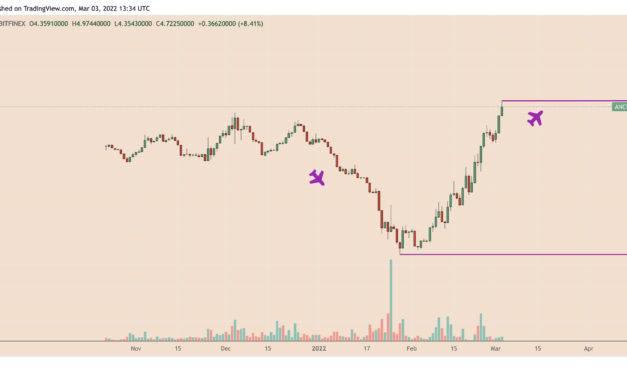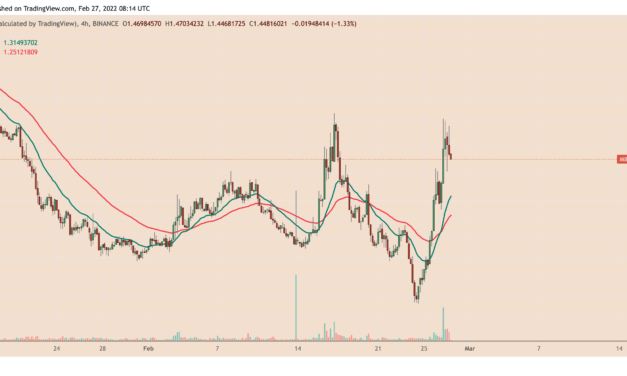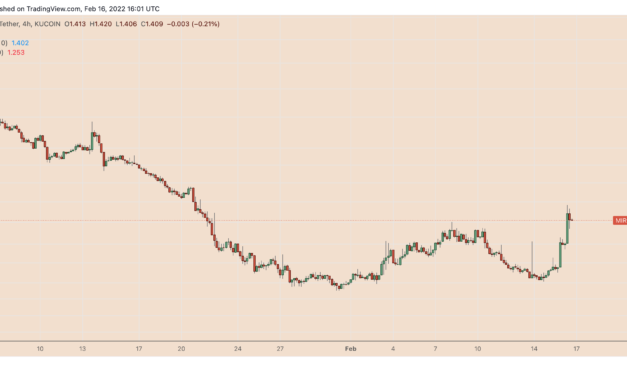WEMIX token plunges 70% after it's delisted by Korean exchanges
South Korea’s largest crypto exchanges have announced they will delist WEMIX (WEMIX) — the native token of gaming company Wemade’s blockchain platform Wemix — alleging the firm provided “false information” in response to an investment warning it was issued.Bithumb, Upbeat, Coinone, Korbit and Gopax — which are part of a collective called the Digital Asset eXchange Alliance (DAXA) — announced on Nov. 24 that they would terminate contract support for WEMIX, with trading set to end on Dec. 8.In the investment warning issued Oct. 27, DAXA alleged that there was considerably more WEMIX in circulation than Wemix had disclosed, and Wemix had pledged to work with DAXA to alleviate these concerns.After news of the decision to delist broke, WEMIX Communication released a statement claiming it had sincerely responded to requests and concerns raised by DAXA and corrected a number of issues where they believe the circulating supply had been overstated the group, adding:“The WEMIX team does not acknowledge or agree with the unreasonable decision made by the Digital Asset eXchange Alliance (DAXA)… It is crucial to note that the Foundation has not circulated a single WEMIX more than what we have officially disclosed thus far.”The price of WEMIX plummeted following the news, and at the time of writing is down 70.8% with a current price of $0.476.The CEO of Wemade Henry Chang has reportedly invested his monthly salary into the WEMIX token eight times, including purchasing 18,928 WEMIX Classic with October salary this year. Wemade is best known for its hit franchise The Legend of Mir which peaked at over 200 million sign ups and includes one of the world’s most popular blockchain games, Mir 4. It announced on Nov. 2 that it had raised $46 million from Microsoft, and asset management firms Kiwoom Securities and Shinhan Asset Management. Chang said at the time:“Wemade and Wemix will continue to exert efforts to attract more capital and actively invest to build the global digital economy platform.”Related: The rise of mobile gaming shared a lot in common with crypto gamingWemade also announced a plan to release a new economy platform which combines non-fungible tokens (NFTs) and decentralized autonomous organizations (DAOs).While South Korea is one of the biggest gaming markets and blockchain adopters in the world, the country has banned play-to-earn (P2E) blockchain games.Since being elected on Mar. 10 in a tight race, crypto-friendly President Yoon Suk-yeol has hinted that the ban could be lifted and is looking to grow the virtual asset market by overhauling “regulations that are far from reality and unreasonable.”
Čítaj viac







